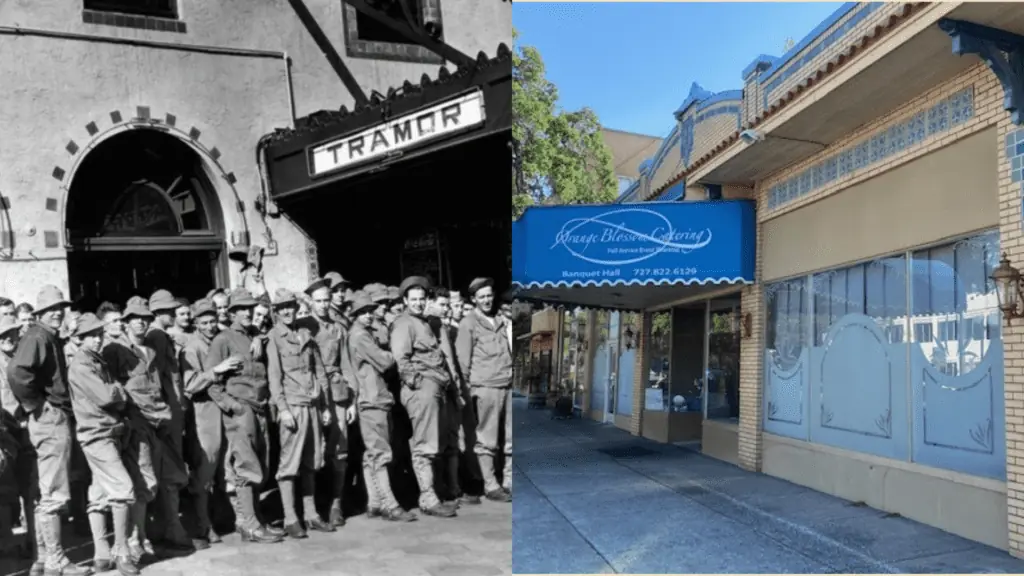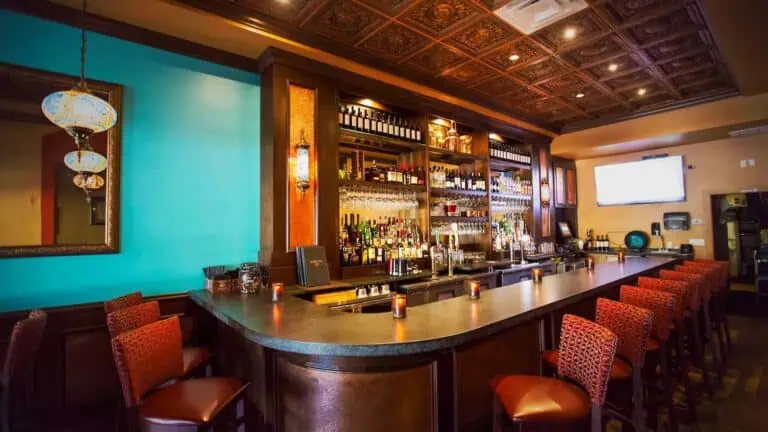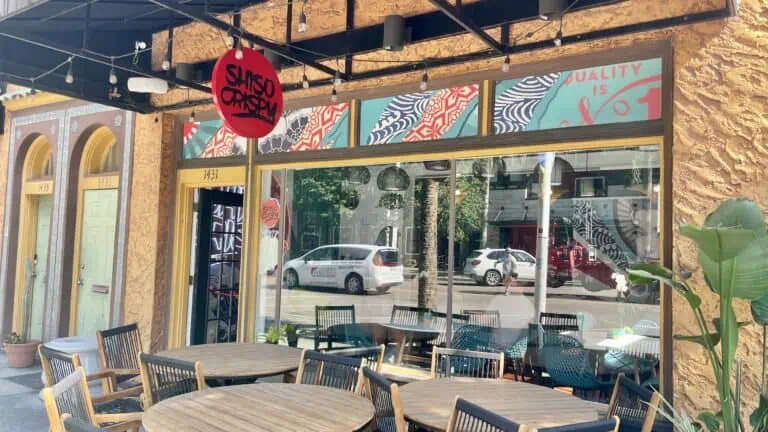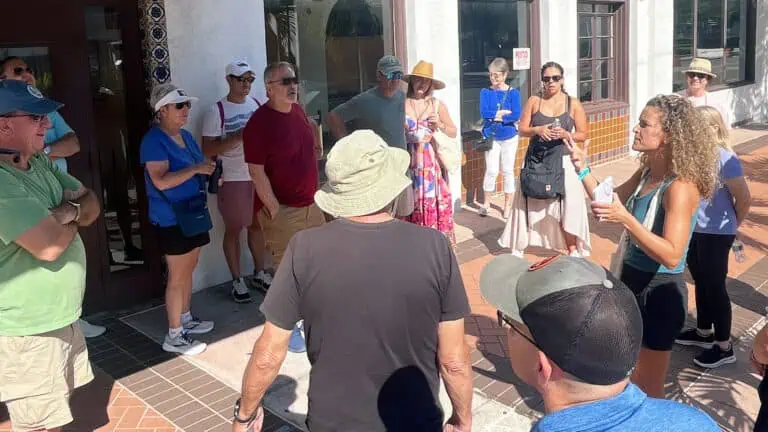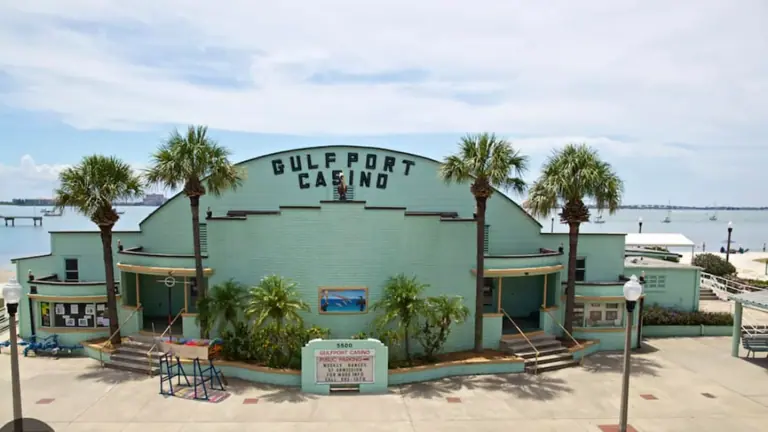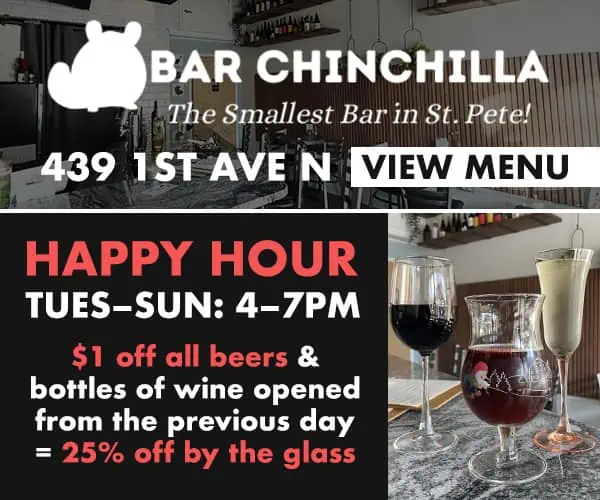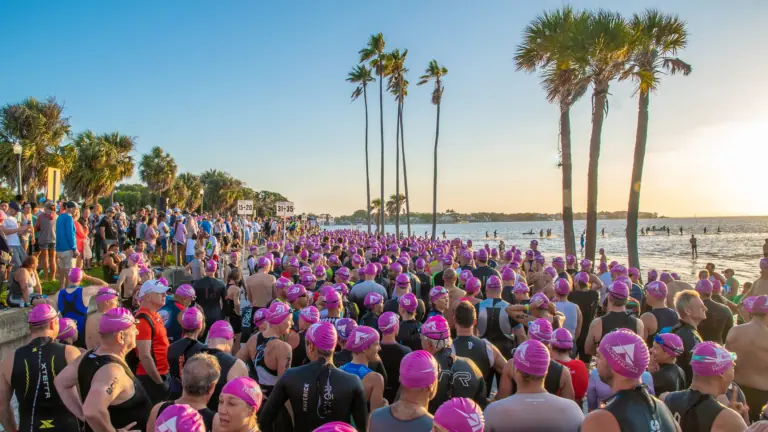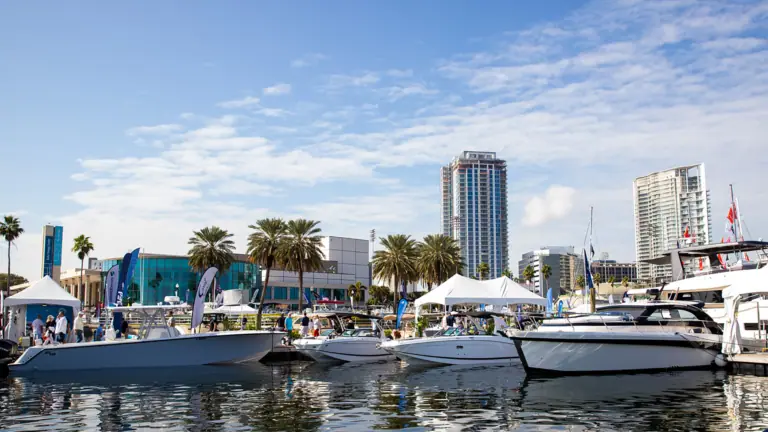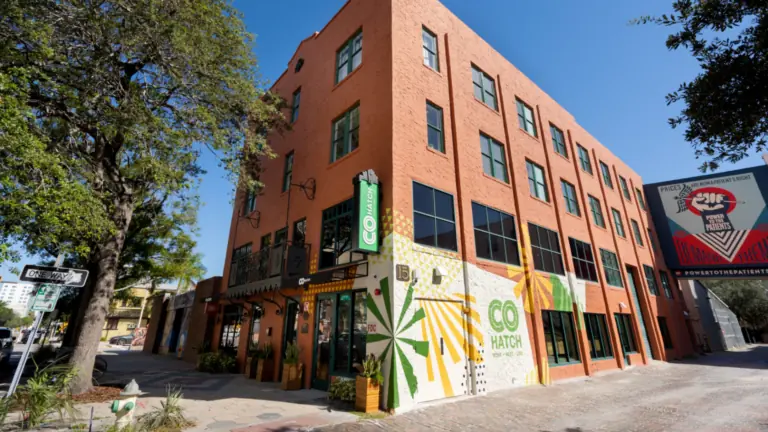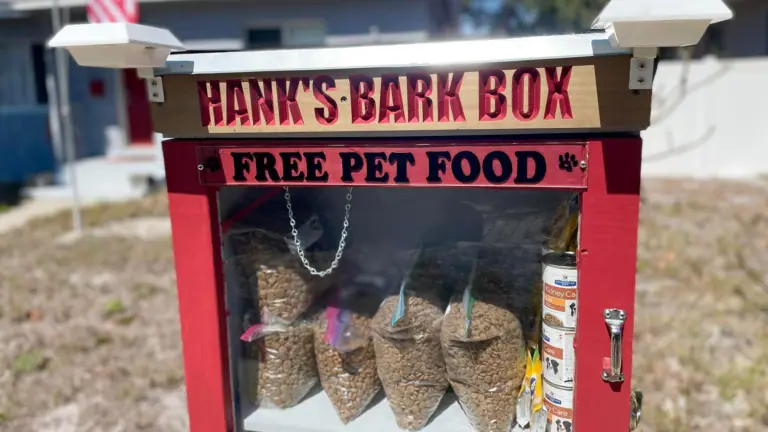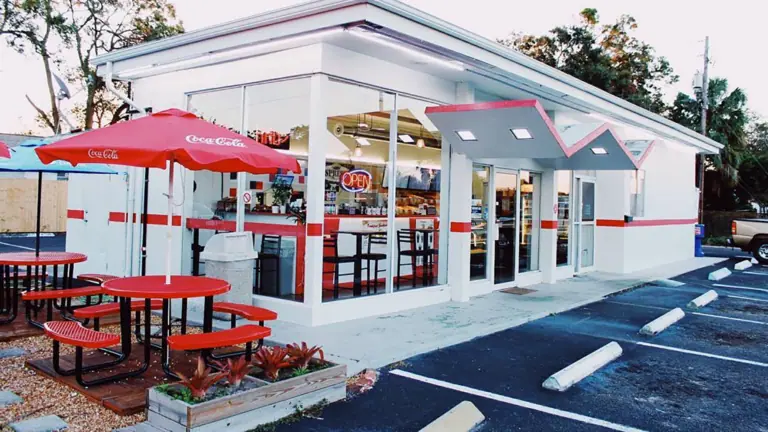I was delighted to see the recent news that the building that once housed the Orange Blossom Cafeteria at 220 Fourth Street North will soon be repurposed into Voodoo Brewing Company. Looking back at the building’s history left me longing for the heyday of St. Pete’s cafeteria culture.
Constructed in 1925, the Mediterranean Revival building that will become Voodoo Brewing Company was turned into the Orange Blossom Cafeteria by 1930. The radical concept of the cafeteria – an efficient, affordable, yet surprisingly elegant restaurant with no waiters, where you stood in line to have your food dished out to you by friendly servers – took St. Petersburg by storm in the teens and 1920s.
ADVERTISEMENT
Catering to the winter visitors who took up residence downtown for six to seven months of the year, the cafeterias engaged in price wars, serving breakfast for pennies, and dinner for less than a dollar. Offering good, inexpensive food, and plenty of it, cafeterias became all the rage.
Over time, the most popular of the cafeterias became known as the “Big Eight”: The Orange Blossom, the Driftwood, the Garden, the Dixie, Webb’s City, the Home Dairy, Morrison’s, and the Tramor. They offered a wide variety of foods, from roast veal to jello, but atmosphere was almost as important as the fare.
St. Pete was – and could again be? – a cafeteria city
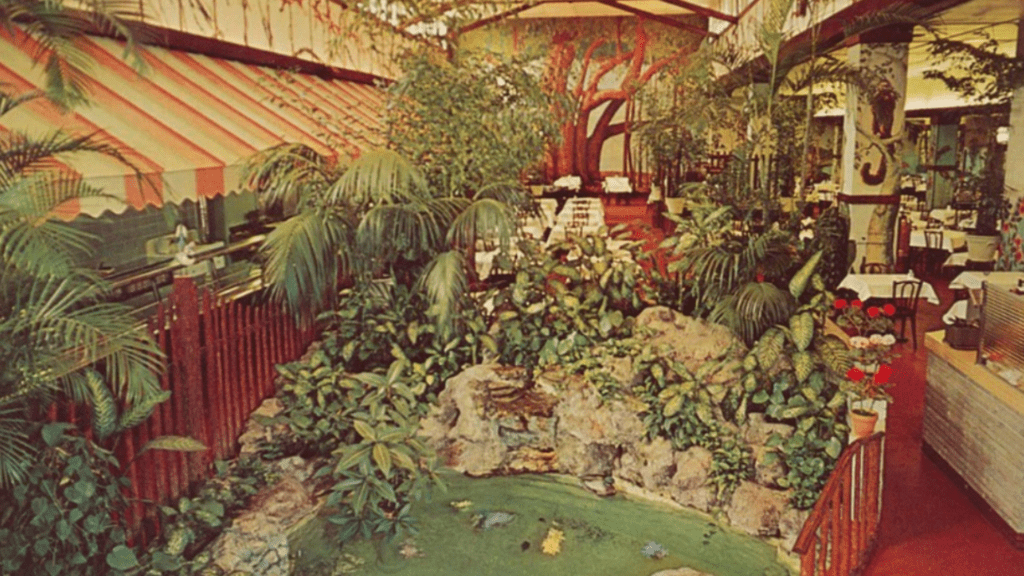
The Garden, located at 232 Second St North, was decorated with verdant foliage and giant murals by WPA artist George Snow Hill; while the Tramor (which for years after its closure served as the cafeteria for the Tampa Bay Times and then, briefly, as the Hofbrauhaus) evoked a Mediterranean villa with its wrought iron balconies and famous ceiling, painted like a cloudy blue sky. It made for a lovely setting for the soldiers that took their daily meals there when the Army Air Corps commandeered it during World War II.
ADVERTISEMENT
Even its name was intentional – the Tramor – a clever subliminal message reminding you that this cafeteria gave you “more on your tray”. You can still get a glimpse of the Tramor’s rich interior by peering through its windows on Second Ave South and Fourth Street. Unfortunately, the Garden Cafeteria, murals and all, was demolished a few years ago for parking.
Patrons developed favorite cafeterias and were fiercely loyal. The satirist Ring Lardner wrote of St. Petersburg’s cafeterias in his 1922 short story, The Golden Honeymoon, the tale of an elderly retired couple who visit St. Petersburg for their 50th wedding anniversary and bump into the wife’s former fling, creating a comic competitive tension between the two men that extends even to their choice of cafeteria:
Our first business, of course, was to find a place to eat and after trying several places we run on to a cafeteria on Central Avenue that suited us up and down. We eat pretty near all our meals there and it averaged about two dollars per day for the two of us, but the food was well cooked and everything nice and clean. A man don’t mind paying the price if things is clean and well cooked.
Well, I excused myself from the checker game and it was pretty close to noon, so we decided to all have dinner together and they was nothing for it only we must try their cafeteria on Third Avenue. It was a little more expensive than ours and not near as good, I thought. I and Mother had about the same dinner we had been having every day and our bill was $1.10. Frank’s check was $1.20 for he and his wife. The same meal wouldn’t of cost them more than a dollar at our place.
Thousands flocked to St. Pete’s original cafeterias
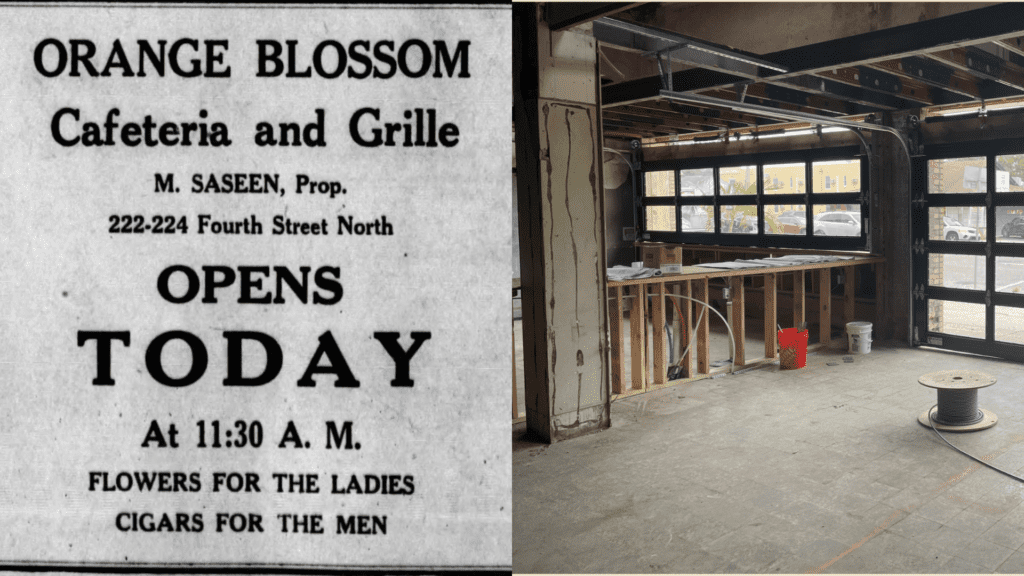
At their peak, most of the Big Eight cafeterias were serving up to 2,000 diners a day. Alas, the cafeterias began to suffer in the 1960s and ‘70s as St. Petersburg’s reputation began to run more towards “God’s Waiting Room” than vibrant winter destination. Fewer and fewer long-term visitors came downtown for the season, and elderly residents were increasingly choosing takeout, or having meals in their new assisted living facilities.
The Orange Blossom Cafeteria held on the longest, buoyed by a catering business that owners had wisely opened as the cafeteria clientele declined. When they finally closed the doors in 1986, owner Ed Shamas nearly cried over the long-term patrons he knew would suffer without the beloved cafeteria. Many of them, like 93 year old Jessie Lund, had eaten all of their meals there for nearly 30 years.
I’d like to propose that we revive the Cafeteria concept. Good, quick, food in a lavish setting? What’s not to like? We need only look at the lines in the IKEA dining room to prove the concept still works.
For now, we can reminisce, and soon enough, grab a beer at Voodoo Brewing. If you go, try to imagine yourself 100 years ago, leaning your shuffleboard cue against the wall of the reception room while a friendly server hands you a pecan pie and a coffee. Heaven.
For more history on St. Pete’s developments, check out local historian Monica Kile’s full St. Pete history series.
- St. Pete history: Art House rises where the last train departed
- Historic Developments: A local historian’s take on Urban Development in St. Pete
- History Half Hour – a Master Class all about the Sunshine City
- Becoming the ‘Burg: Stories that Shaped the Sunshine City
- Losing Our Heads Over St. Pete’s Public Art
ADVERTISEMENT






